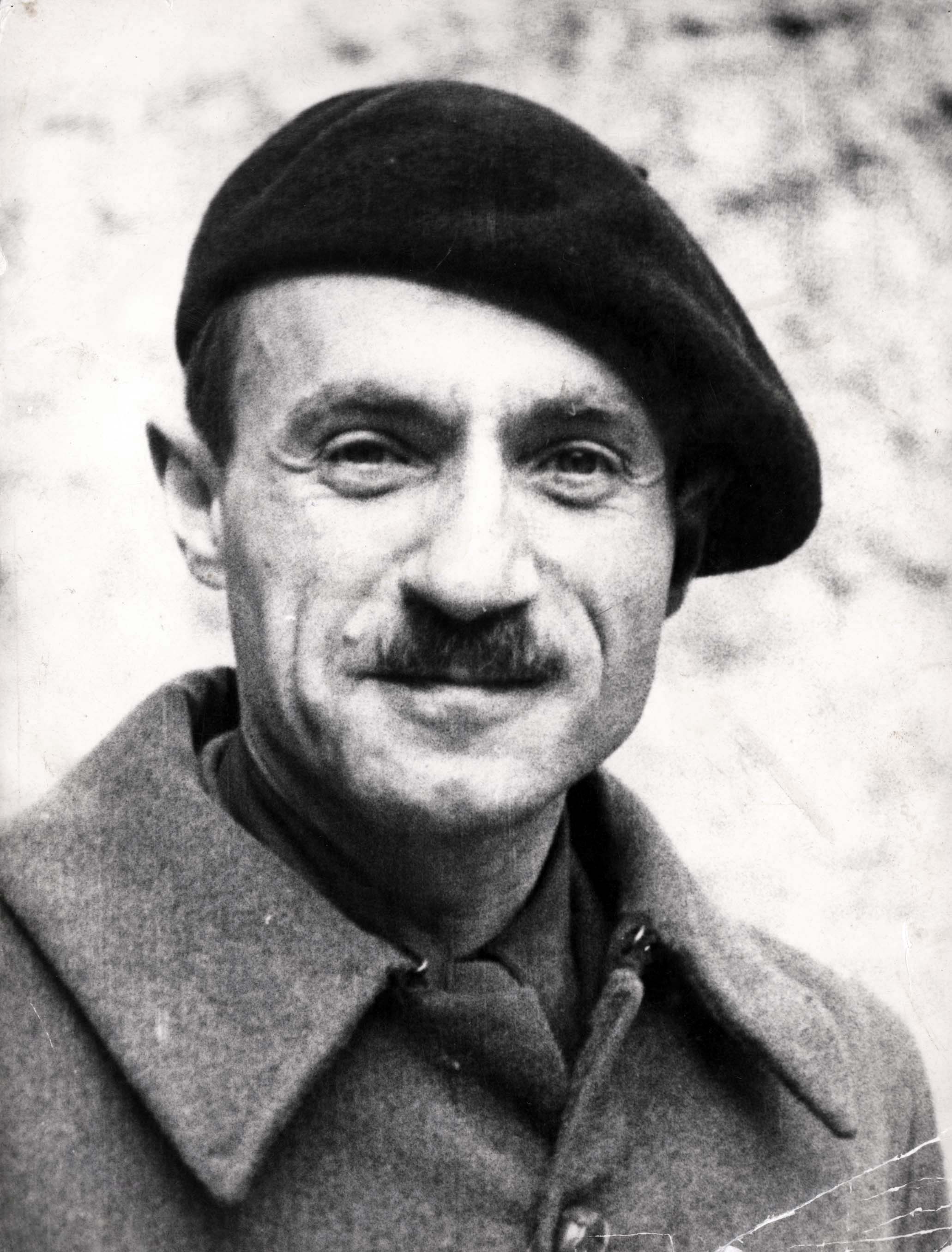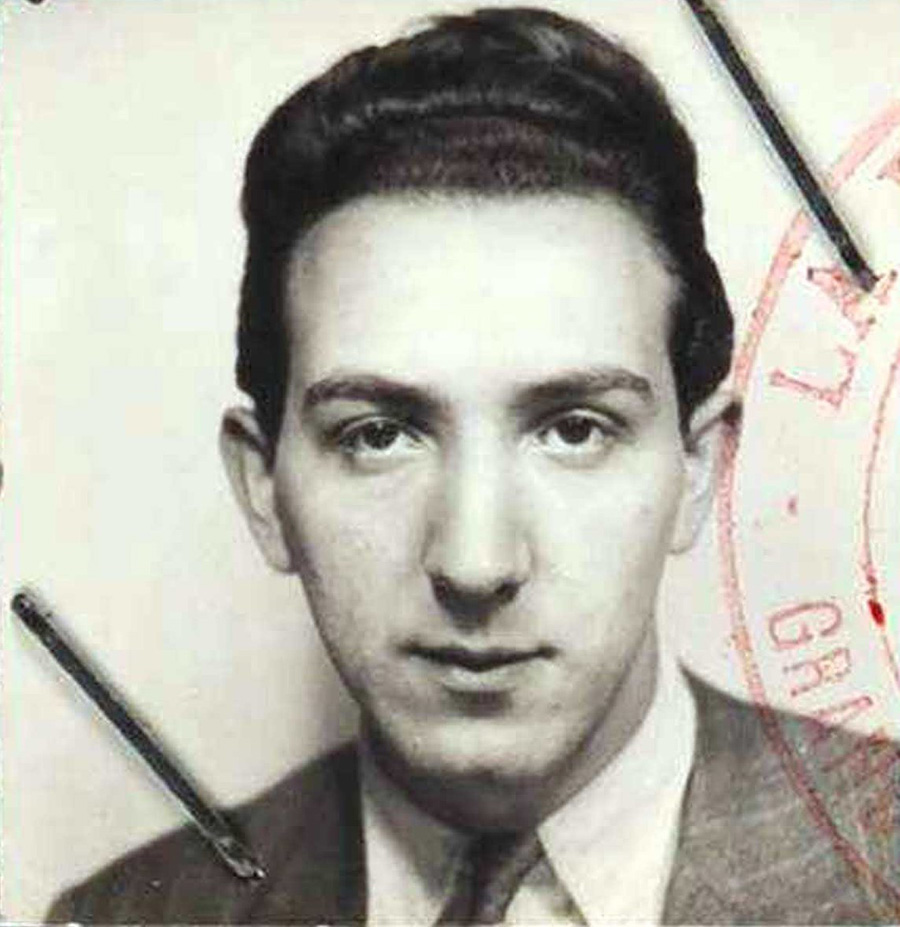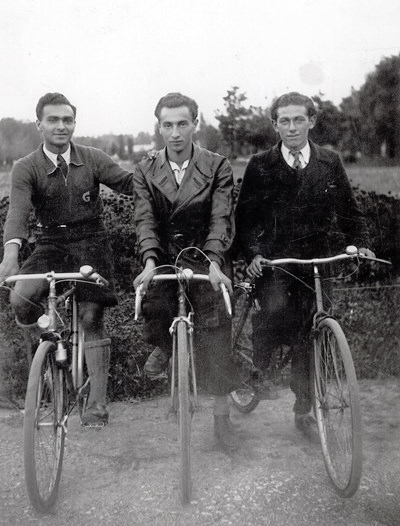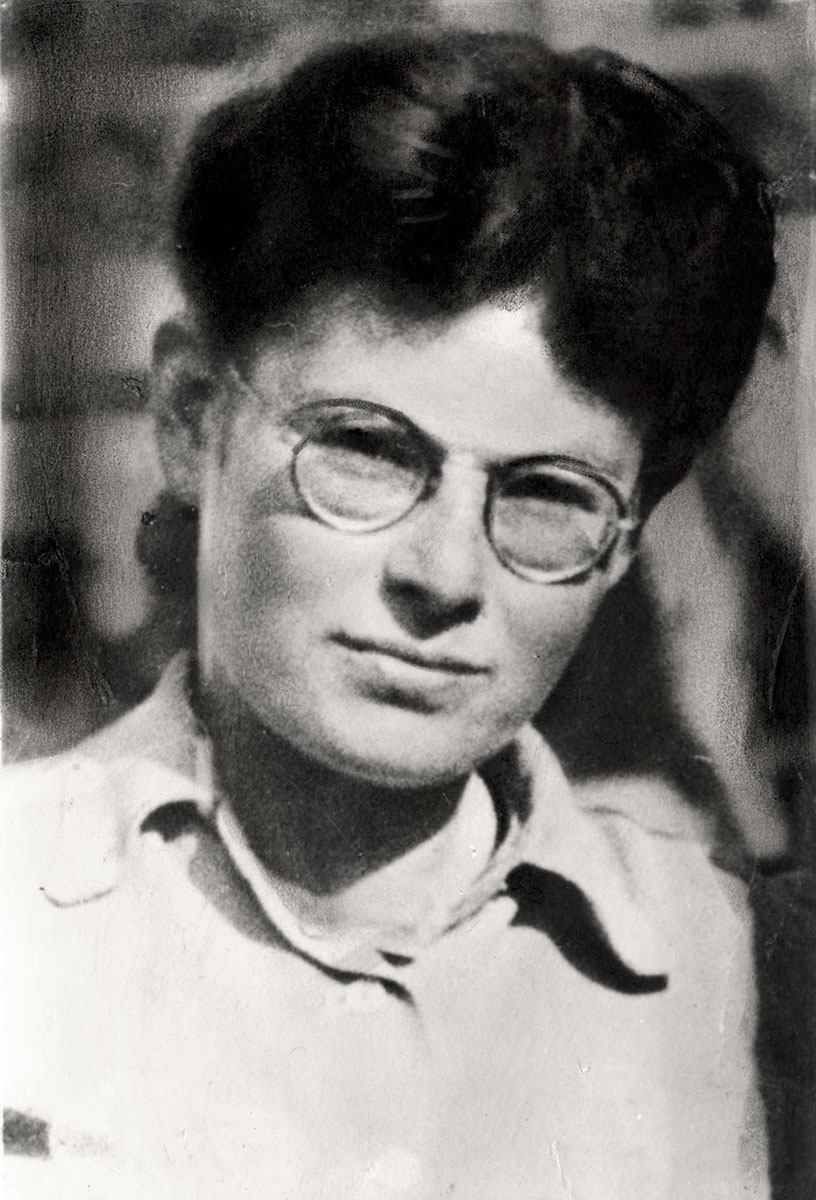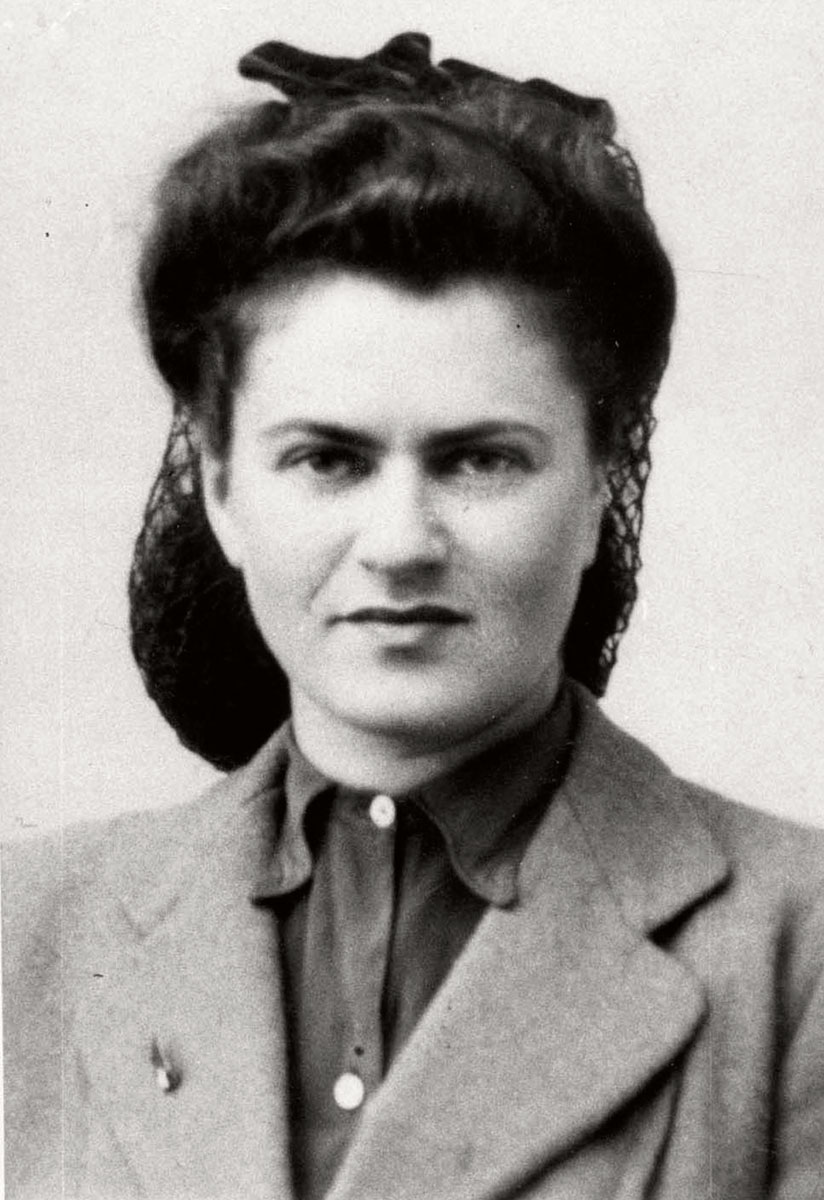The Jewish Scouts - Eclaireurs Israélites
The activity of the Eclaireurs Israélites - the French Jewish scouting organization founded by Robert Gamzon - was concentrated in the Vichy zone. The Scouts set up agricultural centers for teenagers, where they worked while studying about Judaism and Zionism. In late 1941, the Scouts were integrated into the UGIF (General Union of the Jews of France) and could thus also undertake clandestine activity without arousing suspicion. In November 1942, the organization went totally underground as La Sixième (“the Sixth Bureau”). Its members were involved in smuggling children and adults into Switzerland, in hiding Jews and providing forged documents. They also took part in the battles to liberate France.
Netanel “Tony” Gryn
Tony Gryn, a member of the Zionist Youth Movement and of the Jewish Army organization (Armée Juive), was in charge of creating forged documents and papers in the Paris region. He organized a network of contacts who found sources for the forms and stamps that were essential for the forgery operation. In a laboratory that was set up in a safe house in Paris, the stamps were duplicated and various documents produced, bearing names and vital statistics he had extracted from different municipalities. The documents were distributed to many Jews and members of the French resistance. These forged papers facilitated the underground activity to rescue Jews.
View more photos, documents and learn about Tony Gryn >>>
The Zionist Youth Movement – Mouvement de la Jeunesse Sioniste
In December 1941, in Lyons, it was decided to establish a single organization that would incorporate all the Zionist youth movements in France. A meeting in Montpellier in May 1942 resolved to set up a clandestine underground that would supervise all focus on rescue activities. Movement members smuggled detainees out of camps in the southern zone and found hiding places for them. Their most important contribution was the production of high-quality false papers that could fool French gendarmes and the Gestapo men. In late 1942, the movement transferred its center of operations to Grenoble, in the Italian zone of occupation, where it could organize groups of children and smuggle them across the border into Switzerland. Many Movement members took part in the battles to liberate France.
Marianne Cohn (1922, Mannheim, Germany - 1944, Haute-Savoie, France)
A member of a Jewish resistance group who was caught in May 1944 while smuggling children, aged 4-16, to Switzerland. Marianne was brutally tortured but did not give away her superiors’ names. Her captors could not prove that she was Jewish because she carried forged papers in the name of Marianne Colin. In letters she sent from the prison in Annemasse, she expressed much concern for the children. In July 1944, Marianne was executed by the French. The children who were caught with her were saved thanks to the help of the mayor of Annemasse, Jean Deffaugt, and her colleagues from the Jewish resistance. The smuggling of children into Switzerland continued until spring 1944, reaching about 1,600 in number.
View more photos, documents and learn about Marianne Cohn >>>
Mila Racine (1919, Moscow, Russia - 1945, Ravensbrück concentration camp, Germany)
In the summer of 1943, Mila Racine was given command of an underground group of the Zionist Youth Movement (MJS) in Saint Gervais in the Italian occupation zone. Mila helped hundreds of families and their children who had fled to the zone. She was part of an underground group that smuggled children into Switzerland. The last convoy she led included 30 children from the city of Nice. A German patrol arrested the group on the night of October 21, 1943 and imprisoned them in Annemasse. Mila was tortured but did not give away any information. She was deported to the Ravensbrück camp and from there to Mauthausen, where she was killed when the Allies bombed it on the eve of liberation.
Read the last letter sent by Mila Racine to her family in France, from the Ravensbrück women's concentration camp in Germany in July 1944.
The Jewish Army – L’Armée Juive
The initial core of the organization was created in June 1940, but the plan for the Jewish Army’s underground activities was only formulated in January 1942. Its major objectives were to save Jews and to engage in an armed struggle against the Nazis. To implement the plan, the organization decided to cooperate with other Jewish undergrounds, and became a kind of umbrella organization called Irgun Yehudi LaMa’avak (The Jewish Organization for Combat). It aided undergrounds in weapons training, transferring funds from Switzerland and smuggling Jews to Spain. The smuggling operations into Spain through the Pyrenees began in mid-1943. The aim was to help young men get to North Africa and the Land of Israel where they could enlist in the Allied armies. In addition, older Jews and children were included in these cross-border convoys.
The OSE - Oeuvre de Secours aux Enfants
For many years the OSE, provided health and welfare services, mainly to children. After the occupation defeat of France , it shifted most of its operations to the Vichy-controlled southern zone, where it worked legally in the framework of the UGIF (General Union of the Jews of France). Given responsibility for health matters, the OSE set up medical centers, assisted Jewish prisoners internees and their families, and worked to remove children from internment camps and send them to orphanages or foster families. After the mass roundups in the summer of 1942 , it turned to underground activity, notably the concealment of a few thousand children. Its social workers, under the direction of Andrée Salomon, visited them and saw to their needs. The OSE also cooperated with other underground organizations to smuggle children into Switzerland.
Moussa Abadi, 1905-1997
A Damascus-born Jew who had immigrated to France and fled to Nice when the Germans occupied Paris. In Nice, which was under Italian occupation, he taught in a Catholic theological seminary. In September 1943, after the Germans occupied the area and began deporting its Jews to the camps, Abadi decided to set up a network to save children. He asked for help from his employer, Monsignor Paul Remond, the Bishop of Nice. The Bishop gave him the title of superintendent of Catholic education. The signed letter of appointment enabled Abadi freedom of movement and access to Christian institutions in which he was able to hide children. The network Abadi established looked after and saved 527 children.




